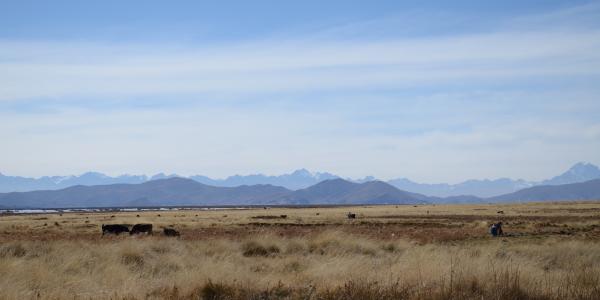Shorelines and Seeds: Histories of climate change and sustainable agricultural landscapes on the Taraco Peninsula, Bolivia, Lake Titicaca Basin of the Andes (1500 BCE-1000 CE)
Abstract:
Over 3500 years ago human settlement on the shores of Lake Titicaca began and has been sustained into the present through dynamic combinations of farming, herding, and fishing. While the Titicaca Basin is one of the most productive regions of the high, dry Andean altiplano, it is subject to significant changes in rainfall and temperature causing the lake itself to rise and fall, modifying the physical properties in which human communities make a living. I will present new data from the Taraco Archaeological Project on environmental fluctuations in the small lake basin, and shifts in crop management and landuse strategies across the Formative (1500 BCE-500 CE) and Tiwanaku (500-1100 CE) periods on the Taraco Peninsula, Bolivia. I argue that Taraco farmers successfully responded to frequent environmental shifts through diverse and flexible cropping strategies. This involved continued cultivation of hardy species such as quinoa while also adding in new varieties and species of tubers and chenopods, and eventually maize. They also maintained flexible landuse strategies that allowed for shifting of economic activities as the lakeshore and rainfall regimes changed. These dynamic interactions between human communities and the environment resulted in sustainable agricultural landscapes, components of which continue into the present day.

